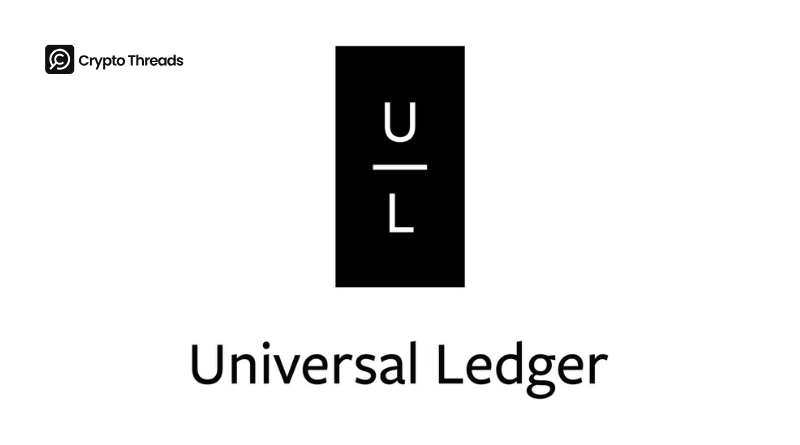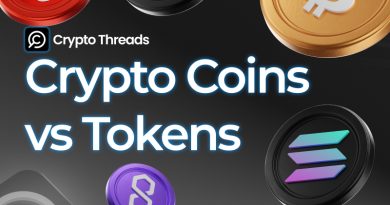Google Unveils Plans for ‘Universal Ledger’ Blockchain to Target Financial Institutions
Google Cloud has outlined its upcoming “Universal Ledger,” a neutral blockchain designed to bring institutional-grade adoption to the Web3 ecosystem.
- Google Cloud is developing the Universal Ledger (GCUL), a new layer-1 blockchain.
- Positioned as a neutral blockchain for financial institutions.
- Built to support Python-based smart contracts and “planet-scale” adoption.
- CME Group is piloting tokenization and payments using GCUL.
- Competing with Circle’s Arc and Stripe’s Tempo in the institutional blockchain race.
Google Cloud has revealed fresh details about its upcoming Universal Ledger, a layer-1 blockchain aimed at redefining how financial institutions engage with digital assets.
In a LinkedIn post, Rich Widmann, Google Cloud’s head of Web3 strategy, described the Universal Ledger as the product of “years of R&D at Google.” The platform is designed to be credibly neutral, offering compatibility with Python-based smart contracts while providing the open infrastructure that banks and large payment processors require.
Widmann emphasized that neutrality is key:
“Tether won’t use Circle’s blockchain — and Adyen probably won’t use Stripe’s blockchain,” he said, suggesting Google’s approach could win broader institutional adoption.
This move positions Google directly against other fintech giants exploring blockchain solutions. Circle recently launched Arc, its open network optimized for stablecoin finance, while Stripe is building a stealth project called Tempo with backing from Paradigm. Unlike those efforts, Google pitches its blockchain as a planet-scale infrastructure, capable of serving billions of users with bank-grade security and settlement capabilities.
Google has already secured a significant institutional partner. The Chicago Mercantile Exchange (CME) Group is currently testing the Universal Ledger for tokenized assets and wholesale payments. The pilot, first disclosed in March, aims to explore efficiencies in collateral, margin, settlement, and fee payments—critical aspects of modern financial markets.
Terry Duffy, CME’s chairman and CEO, said the Universal Ledger could play a role in enabling 24/7 trading systems for global markets. With CME posting record revenues in Q2 2025, the partnership signals Google’s ambition to power the “plumbing” of global finance.
Google Cloud’s blockchain journey dates back to 2018 with the integration of Bitcoin and Ethereum data into its Big Query warehouse. Since then, the company has deepened its Web3 footprint through partnerships with Coinbase, Polygon, and Solana. The launch of its dedicated Web3 division in 2022 accelerated these efforts, paving the way for a proprietary chain like the Universal Ledger.
The announcement also comes as other fintech firms enter the institutional blockchain race. Tether-backed Plasma raised $24 million earlier this year to build a settlement-focused chain for USDT, while Robinhood has begun tokenizing U.S. stocks and ETFs in Europe, with plans for its own native blockchain.
Final Thought
With the Universal Ledger, Google is staking a claim in the rapidly intensifying race for institutional blockchain dominance. By focusing on neutrality and large-scale functionality, it is positioning itself not just as a tech provider but as a core infrastructure player in global finance. If its partnership with CME succeeds, Google could quickly establish itself as a leader in tokenized settlement and institutional blockchain adoption.



